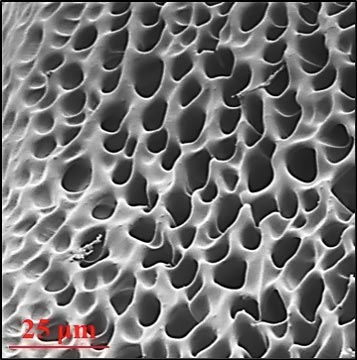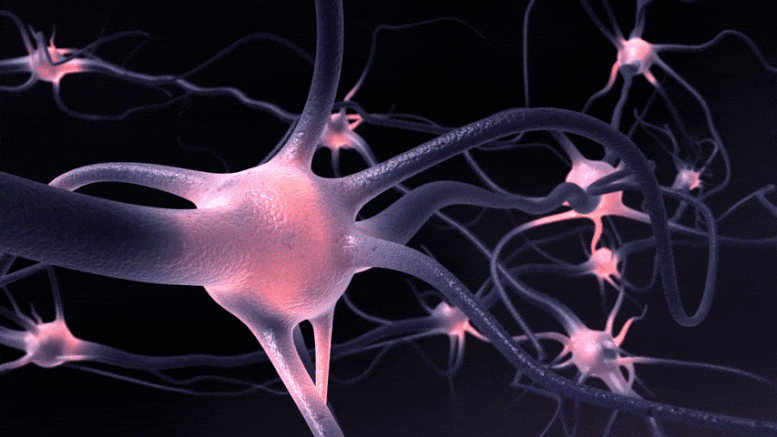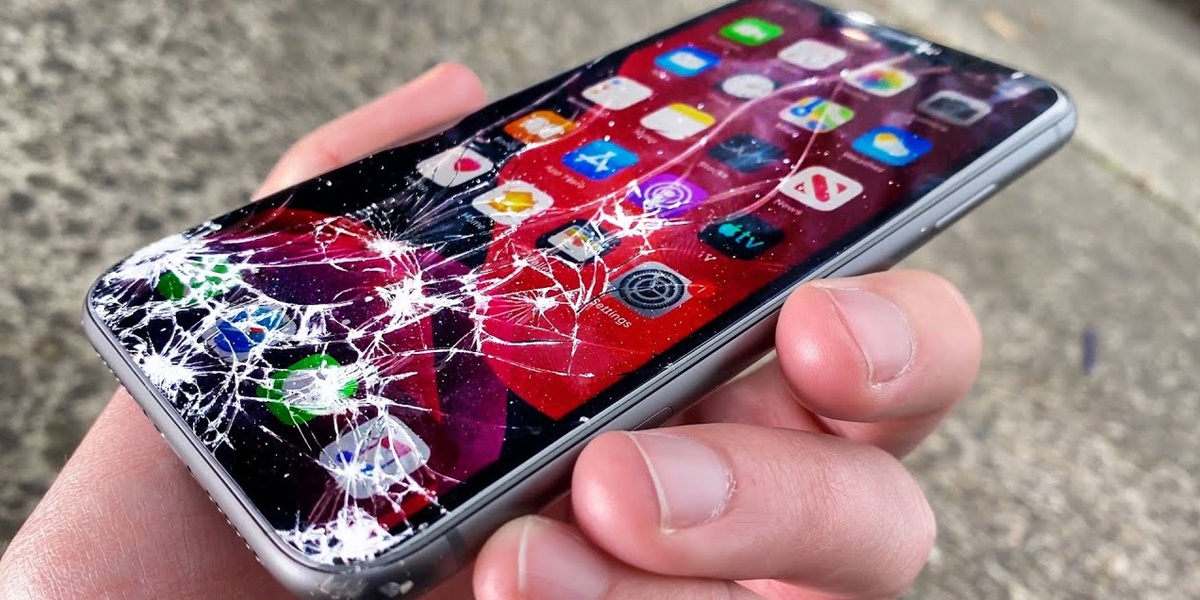Injuries to peripheral nerves – tissues that transmit bioelectrical signals from the brain to the rest of the body – often result in chronic pain, neurological disorders, paralysis, or disability. Now researchers have developed a stretchable conductive hydrogel that could one day be used to repair this type of nerve when damaged. They report their results in ACS Nano.

A conductive polymer hydrogel could help repair damaged peripheral nerves. Photo credits: Adapted to ACS Nano 2020, DOI: 10.1021 / acsnano.0c05197
Injuries in which a peripheral nerve has been completely severed, such as: B. a deep cut from an accident are difficult to treat. A common strategy called an autologous nerve graft is to remove a section of the peripheral nerve from elsewhere in the body and sew it to the ends of the severed one. However, surgery does not always restore function and multiple follow-up surgeries are sometimes required.
Artificial nerve grafts have also been used in combination with supporting cells, but it often takes a long time for the nerves to fully recover. Qun-Dong Shen, Chang-Chun Wang, Ze-Zhang Zhu, and colleagues wanted to develop an effective, fast-acting treatment that could replace autologous nerve transplantation. To do this, they decided to study conductive hydrogels – water-swollen, biocompatible polymers that can transmit bioelectrical signals.
The researchers made a tough but stretchable conductive hydrogel that contained polyaniline and polyacrylamide. The cross-linked polymer had a microporous 3D network that, once implanted, allowed nerve cells to penetrate and adhere, helping to restore lost tissue.
The team showed that the material can conduct bioelectrical signals through a damaged sciatic nerve that was removed by a toad. They then implanted the hydrogel in rats with sciatic nerve injuries. Two weeks later, the rats’ nerves recovered from their bioelectrical properties and their walking improved compared to untreated rats. Since the material’s electrically conductive properties improve upon exposure to near-infrared light that can penetrate tissue, it may be possible to further improve nerve conduction and repair in this way, the researchers say.
The authors confirm funding from the National Key Research and Development Program of China, the National Natural Science Foundation of China, the Changjiang Scientist Program and the University’s Innovative Research Team, and Program B for Outstanding PhD students. Nanjing University candidate.
Reference: October 7, 2020, ACS Nano.
DOI:



